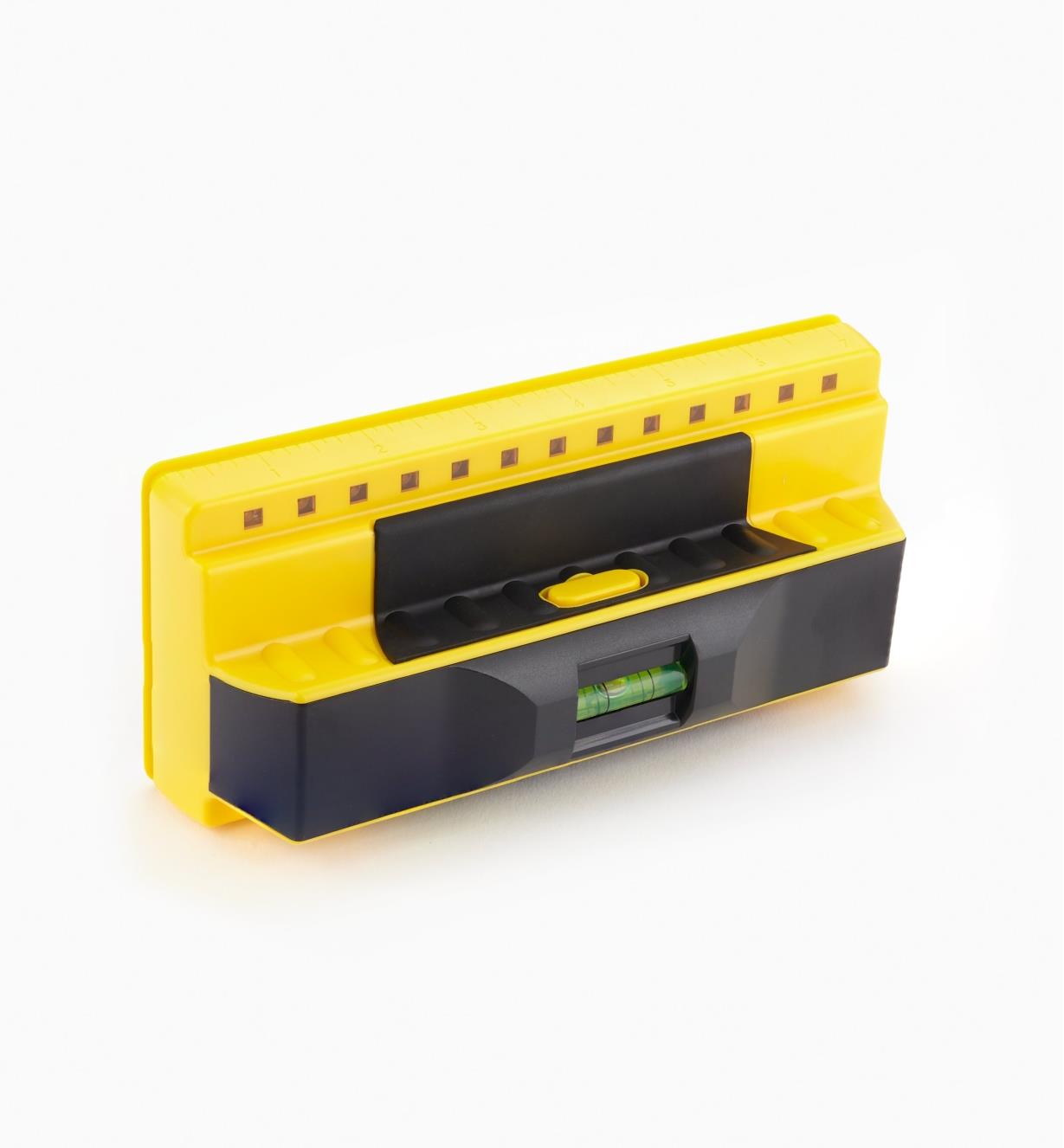Stud finder may be fooled by cement board. It is basically looking for changes in density. Studs behind cement board behind tile present a minimal change to pickup.Guess I need a better stud finder, I am getting nothing all the way across the wall. Would that because of the cement board?
I'm thinking I wouldnt be able to hit the stud (if I find it) with all three screws at each end. If I can hit with two at each end what do I use in the tile for the one (or two) that doesnt/dont hit a stud?
I'd probably use a butterfly. The right answer is probably strip wall, install plywood and start again.
























